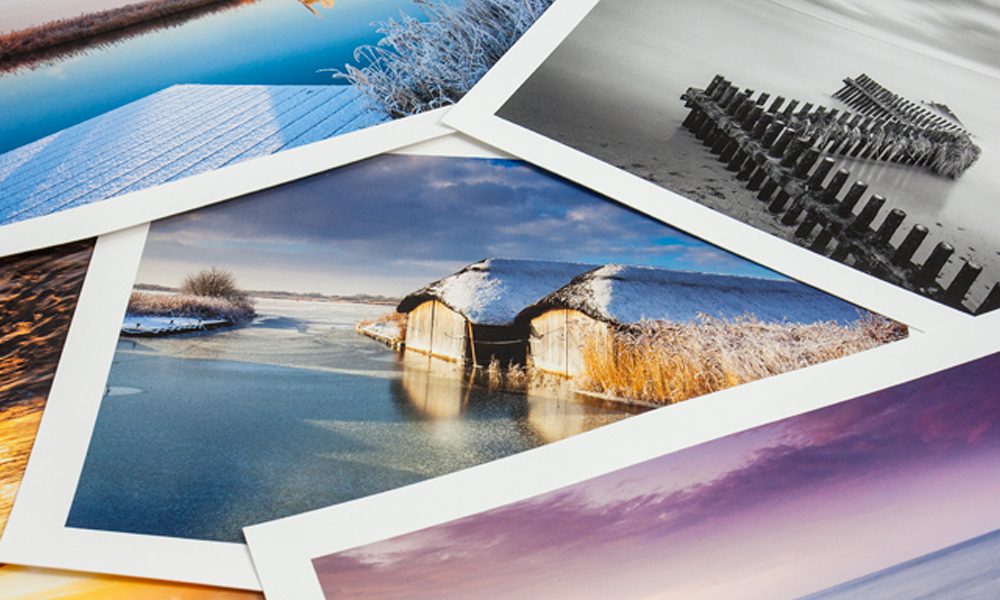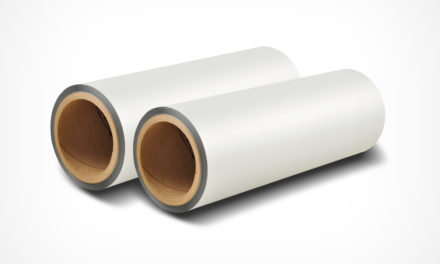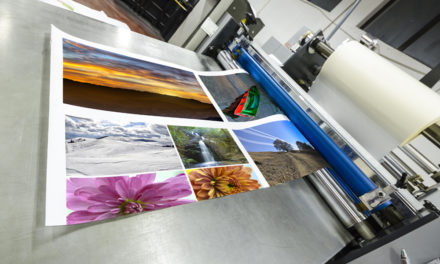The photo printing world is ever-changing, working to adapt to the latest technology and bring with it new advantages that can make the printing process more efficient than its predecessor. The latest push for improvement – a more suitable silver halide replacement – is making its way across the industry, leading as the top contender to accommodate our increasingly digital world.
Ideas for new concept prints started in 2008-2009 between print industry giants, trying to answer the following question: how can we digitally print and make finished photo prints to where the average consumer can’t see or feel the difference between digital prints and silver halide prints?
There were a couple of missing pieces in the new prototypes that needed amending. Firstly, the actual stock of the material needed addressing, as digital prints didn’t have the waxy emulsion backing needed to match that of silver halide – which was solved by Felix-Schoeller utilizing their Photo Paper stock. Meanwhile, the digital ink was soft; print experts wanted to ensure the print wouldn’t turn yellow or fade, or get scuffed and scratched in processing.
The digital answer effectively diminished these issues, and the following three reasons explain why the silver halide replacement is here to stay:
- There are material cost savings across the board. The new quality allows for easier production through the digital framework, creating professional portrait quality with a glossy or luster (embossed) finish without the added expense.
- It’s eco-friendly. The digital process takes away the stigma of heavy chemical processing in photo production, making it more environmentally-conscious.
- It’s scalable. The same digital technology can be used for both small and large orders, from personal photo printing to major corporate print orders. A single press, therefore, can replace several silver halide minilabs.
In the technology-fueled world of today, finding a digital option for the printing industry is a safe bet for keeping the process efficient.
Part of the process is the actual SHR laminate – a specially produced ultra low melt BOPP product, that allows the ultimate in transparency yet at the same time protecting the ink. This 1.6 mil film is soft enough to be embossed to create the “lustre” look but has very high gloss to replicate glossy photo prints exactly.





